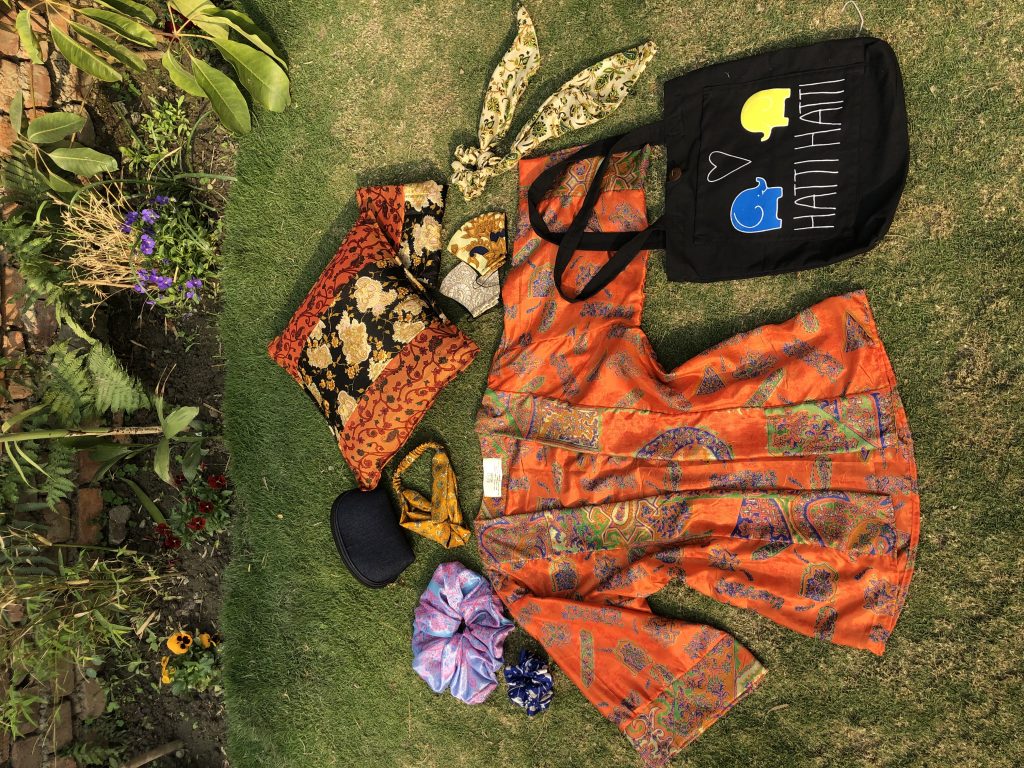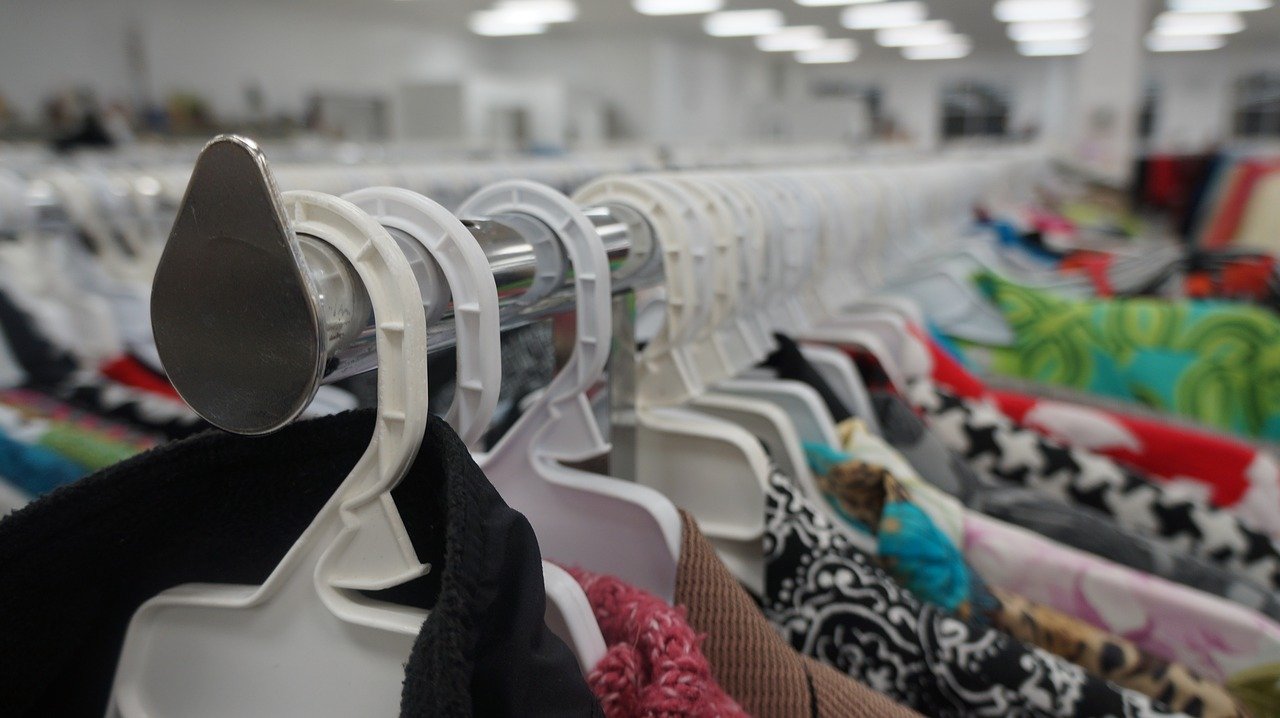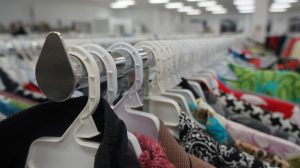Sustainable fashion, also termed slow fashion, is equally in trend now as a fast-growing fashion trend globally. In Nepal as well, sustainable fashion is gradually making its way; if not the trend itself, at least the term is.
But, there are very few who have a good understanding of sustainable fashion and its significance in environmental sustainability. Also, many people desire to opt for sustainable fashion but do not properly have an idea how.
But, don’t worry–we have got you covered.
What is sustainable fashion?
In a nutshell, sustainable fashion can be understood as an approach towards sourcing, manufacturing, designing, distributing, and using clothes, garments, shoes, and accessories in an eco-friendly and socially responsible manner. Sustainable fashion is a movement that is not just about textiles or products but also is concerned about the whole system/process of fashion.
As Anna Brismar, the owner and developer of the online platform Circularfashion.com, has been quoted in one article by Green Strategy, the goal of sustainable fashion should be ‘to minimise any undesirable environmental effect of the product’s life cycle by (a) ensuring efficient and careful use of natural resources (water, energy, land, soil, animals, plants, biodiversity, ecosystems, etc), (b) selecting renewable energy sources (wind, solar, etc) at every stage, and (c) maximising repair, remake, reuse, and recycling of the product and its components, from an environmental perspective.’
Side by side, as per Brismar, “All stakeholders should work to improve present working conditions for workers on the field, in the factories, transportation chain, and stores, by aligning with good ethics, best practice and international codes of conduct. In addition, fashion companies should contribute to encouraging more sustainable consumption patterns, caring and washing practices, and overall attitudes to fashion, from a socio-economic perspective.”
How can you adopt sustainable fashion?
After understanding what sustainable fashion actually is, let’s learn how you can maintain a sustainable wardrobe:
1. Buy less but better
Every year, more than 100 billion garments are produced in the world. Further, the fashion industry is estimated to use about 1.5 trillion litres of water every year and is responsible for producing 10 per cent of global carbon emissions. Considering these impacts, one should buy garments only if there is a real need for them and make sure that s/he uses them multiple times. One should not buy just to hoard the garments and later throw them away. They should be mindful about what they are purchasing and why and how many times they will use it.
2. Shop from sustainable fashion brands

Look for eco-friendly fashion brands such as Vama, HattiHatti Nepal, Shakti Milan Nepal, and many others while purchasing the clothes you need. This will also motivate the designers and entrepreneurs who are working for environmental sustainability.
3. Shop from thrift store

Thrifting culture has flourished quite a bit in Nepal of late. There are many online and offline stores, groups, and pages that are selling and buying used clothes that are in usable condition.
Shopping from thrift stores will give another life to the outfit and minimise textile waste.
4. Borrow or rent outfits

Many people who are into fast fashion tend to buy new dresses, shoes, and accessories for every occasion and ceremony such as weddings, festivals, and many others. And, they do not tend to repeat the very dress. Instead of buying a new dress every time, one can either borrow it or exchange the dress from one’s friends, family members or rent it for a day.
5. Take good care of clothes

The more you take care of your clothes, the more their life will extend and you can use them for a longer time. For this, do not over-wash them, repair clothes and use them.





















